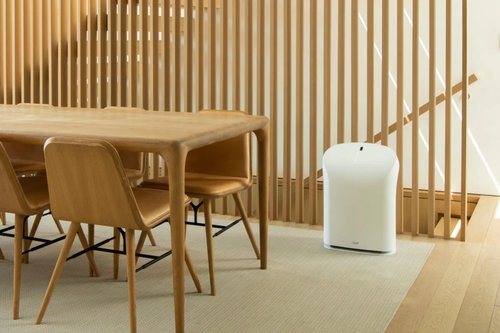
3 min read
The Best Air Purifiers
WLLW looks at the best air purifiers on the market, to improve your indoor air quality at home.
3 min read
Drawing on Harvard professor and healthy buildings expert Joseph G. Allen's research, it's crucial to understand how environmental pollution impacts the air quality inside our homes, emphasizing the need to reassess and improve the air we breathe indoors.
The number of years you, the reader, have so far spent indoors is startling. For your average citizen living in the Global North, the math involves taking your age and multiplying it by 0.9. So, if you’re 36, that means you’ve lived 32 years indoors. If you’re 45, it’s been 40 years inside for you. An 80 year old? They have spent 72 years inside!
This formula was developed by Harvard professor and healthy buildings expert Joseph G. Allen. He has been studying indoor air for years and says that we spend 90 percent of our lives indoors; shuttling between homes, offices, school buildings, enclosed gyms, shopping centers and museums. “We’re an inside species, or have become one,” says Allen on a recent podcast from the Harvard T.H. Chan School of Public Health.
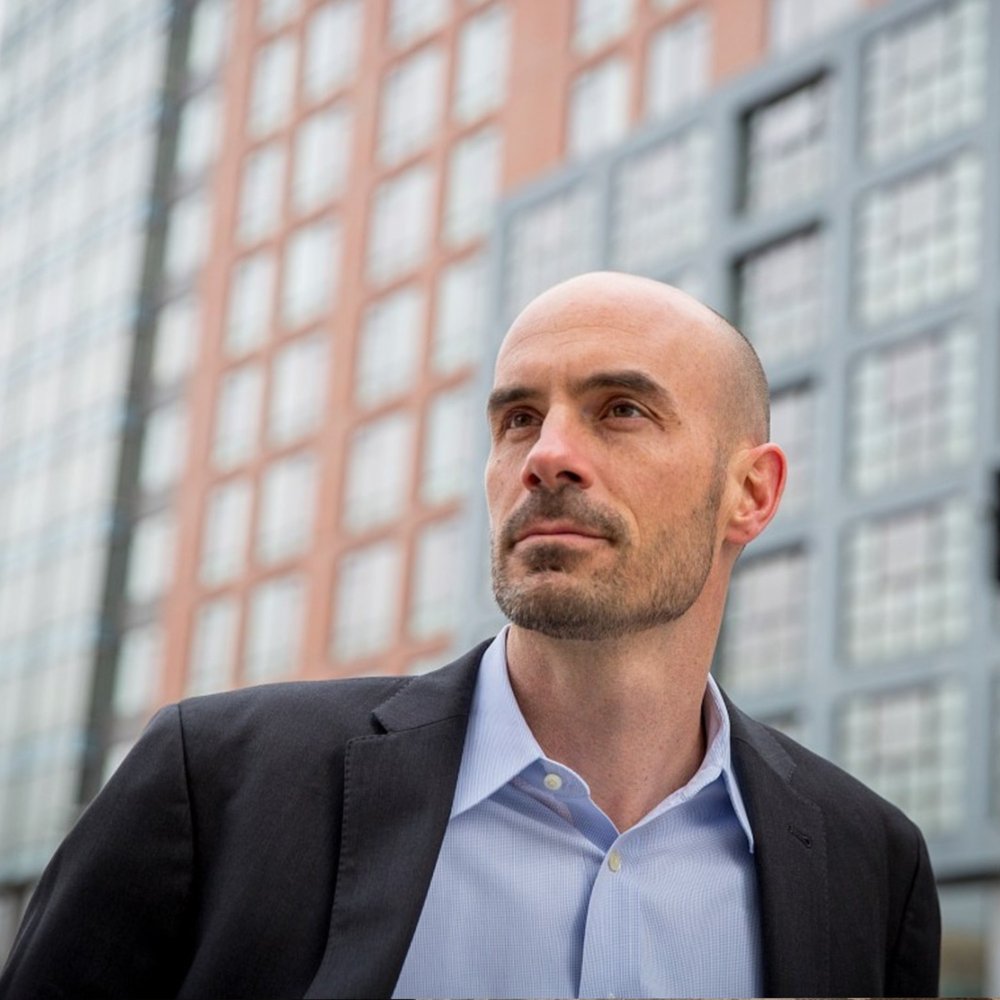
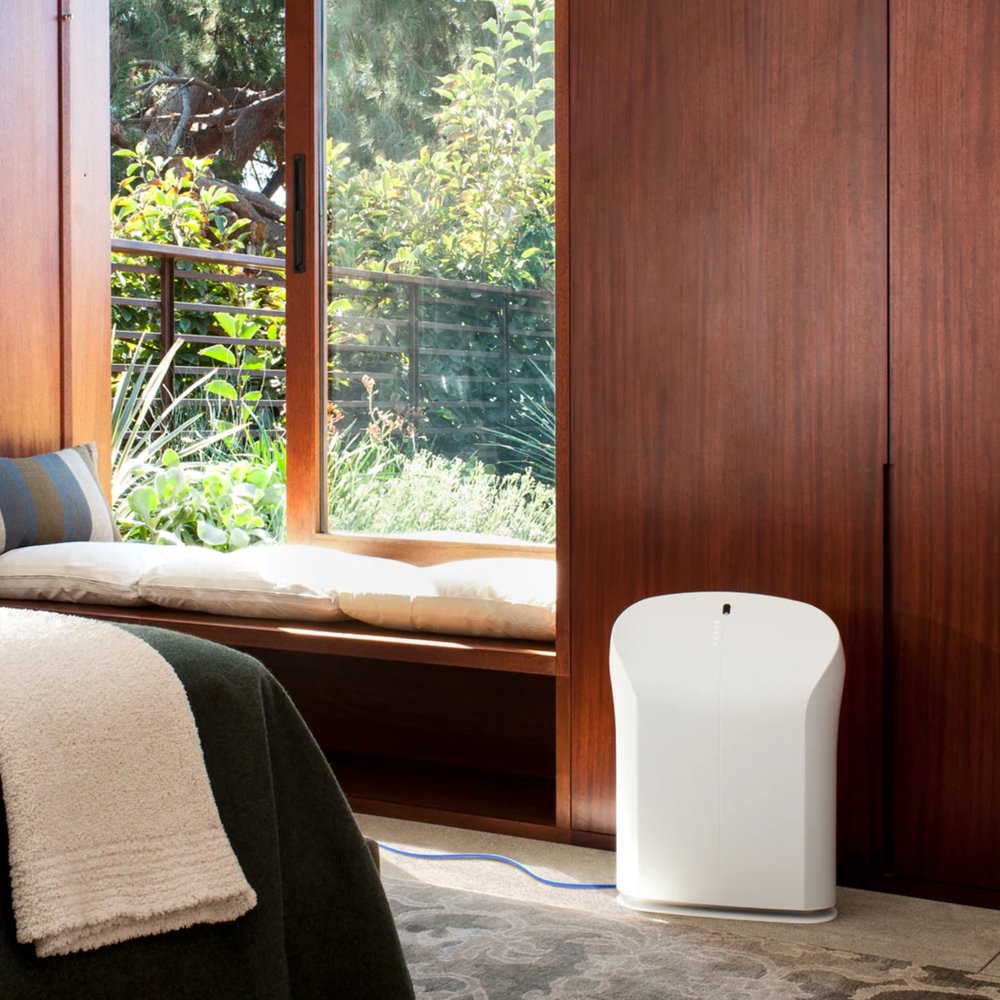
Dr. Allen did not stop there, revealing why it is vital to our health that we make our homes, offices and education centers places where we can breathe easily.
If you weren’t disturbed by the cumulative time spent indoors, this fact may change your mind, “the majority of your exposure to outdoor air pollution actually occurs from the air you’re breathing indoors,” he explains on the popular 'Better Off' podcast. “Typically, 50 percent of outdoor air pollution gets inside our homes and that's the air you’re breathing 90 percent of the time. Meaning that over the course of your life, you’ve probably breathed in more polluted air indoors than outdoors.”
“The reality is that indoor air pollutants can be three, five, 10 times higher than outdoor air pollution, which I think surprises most people."
Joseph G. Allen
Curiously, we as humans are innately aware that something may not be right. After all, when we walk into our homes and encounter a smell, what do we do? We clean, open windows or we might light a candle to mask an odor. When we walk into a building that breathes, that’s fresh, we instinctively prefer this space.
Many of us don't have a choice in the building we work in, which is why Allen’s research is so important from a commercial and public perspective – because healthy buildings made for humans should be the norm, not the exception. Likewise, everyone has the right to a healthy home and many of the concerns Allen has are applicable in the domestic space as well.
The answer is multifaceted, and the subject of much of Allen’s research to date. Things like off-gassing furniture, chemicals from paint and pollutants from everyday habits – such as using cleaning products, cooking, smoking and even dusting – can build up indoors and make a space ‘sick’.
The origins of our buildings and homes becoming ‘sick’ goes back to the 1970s. “It was during the global energy crisis. We started tightening up our building envelope, stopped letting them breathe and ventilate, bringing in less outdoor air,” Allen continues.
In the fifty years since, architecture, design and human habits have all worked to create a perfect storm where our interior habitats are relatively unhealthy. This can manifest itself on a human level with feelings of sluggishness, headaches and poor sleep – and that’s just to start. Allen’s thesis is that this era will be defined as a time when our buildings, including our homes and apartments, are actually not built for humans, certainly not for their health.
“In the United States we have national ambient air quality standards. We don’t have a corollary for the indoor environment.”
Joseph Allen
The first tip, a recommendation from Allen, is to let your building breathe. “We know when you bring in more outdoor air, you reduce things like Sick Building Syndrome,” he says. This can be as simple as opening windows. Yet the caveat here is that homes and commercial buildings, especially in cities or areas that do suffer from moderate pollution levels, need to have high quality air filters.
Air cleaners and filters are our best defense against pollutants and air contamination from the outside and the inside – they’re especially useful if you are an asthma and allergy sufferer. Yet not all are doing the job they should do. The EPA recommends looking for air cleaning units that come with a HEPA filter which are able to remove 99 percent of fine particles.
Another tip? Choose your cleaning products wisely by looking for low-VOC (Volatile Organic Compounds) and green-certified options. Wherever possible, try to outfit your home with non-toxic materials and furniture.
Towards the end of the podcast, Allen sounded optimistic that change is afoot. “If you’d asked me before the pandemic, I could have named every company and researcher focusing on healthy buildings. Since COVID, it has exploded. My hope is that this leads to a permanent rethinking of our built environment,” he says.
While much of Allen's conversation is grounded in commercial and public real estate, the ideas are equally true in the domestic space, with many homeowners paying more attention to indoor air quality, ventilation and healthy home systems. At the same time, the apartment construction industry is banking on ‘wellness’ and ‘green’ living to keep people interested in high-density urban spaces. The times, they say, are a-changin’…
Regardless of the space you call home, if anything is becoming clearer it is that, with a little effort, commitment and resources, we may not be so afraid of the years of our lives that we will spend indoors. After all, there are ways to have peace of mind about the inside air we breathe.
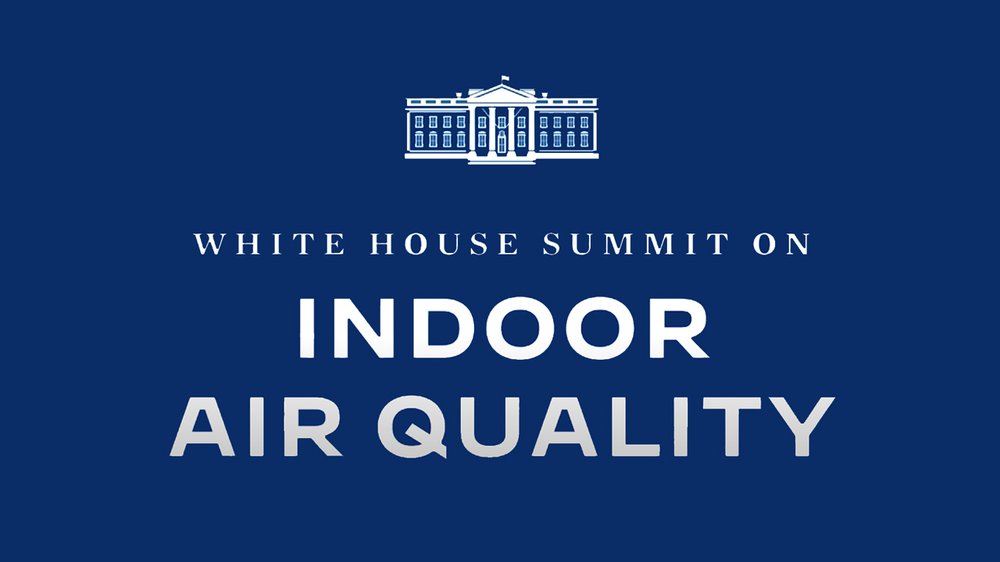
Photography: blackboxguild/Adobe, Ken Richardson, Rabbit Air
Video courtesy of YouTube

3 min read
WLLW looks at the best air purifiers on the market, to improve your indoor air quality at home.
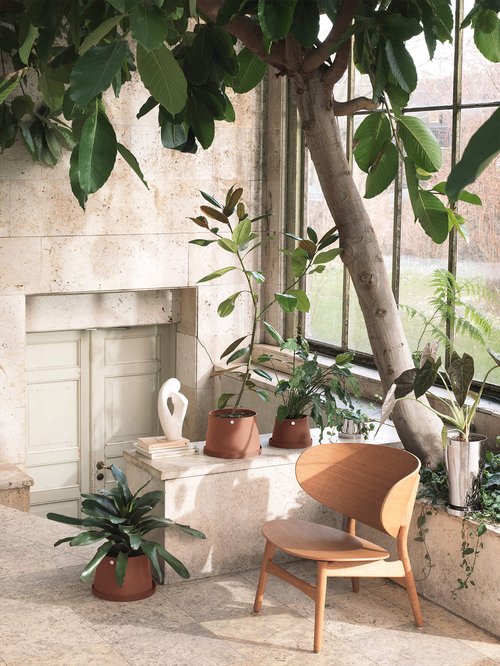
3 min read
Being surrounded by greenery does wonders for our physical and mental health – certain species can even purify the air in our homes. Here are eight of the most effective.